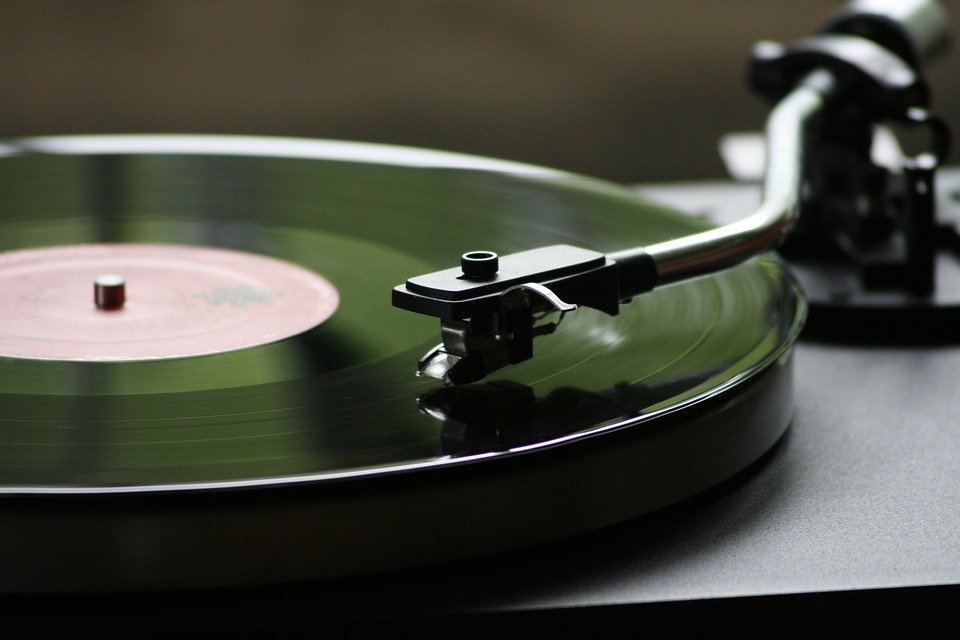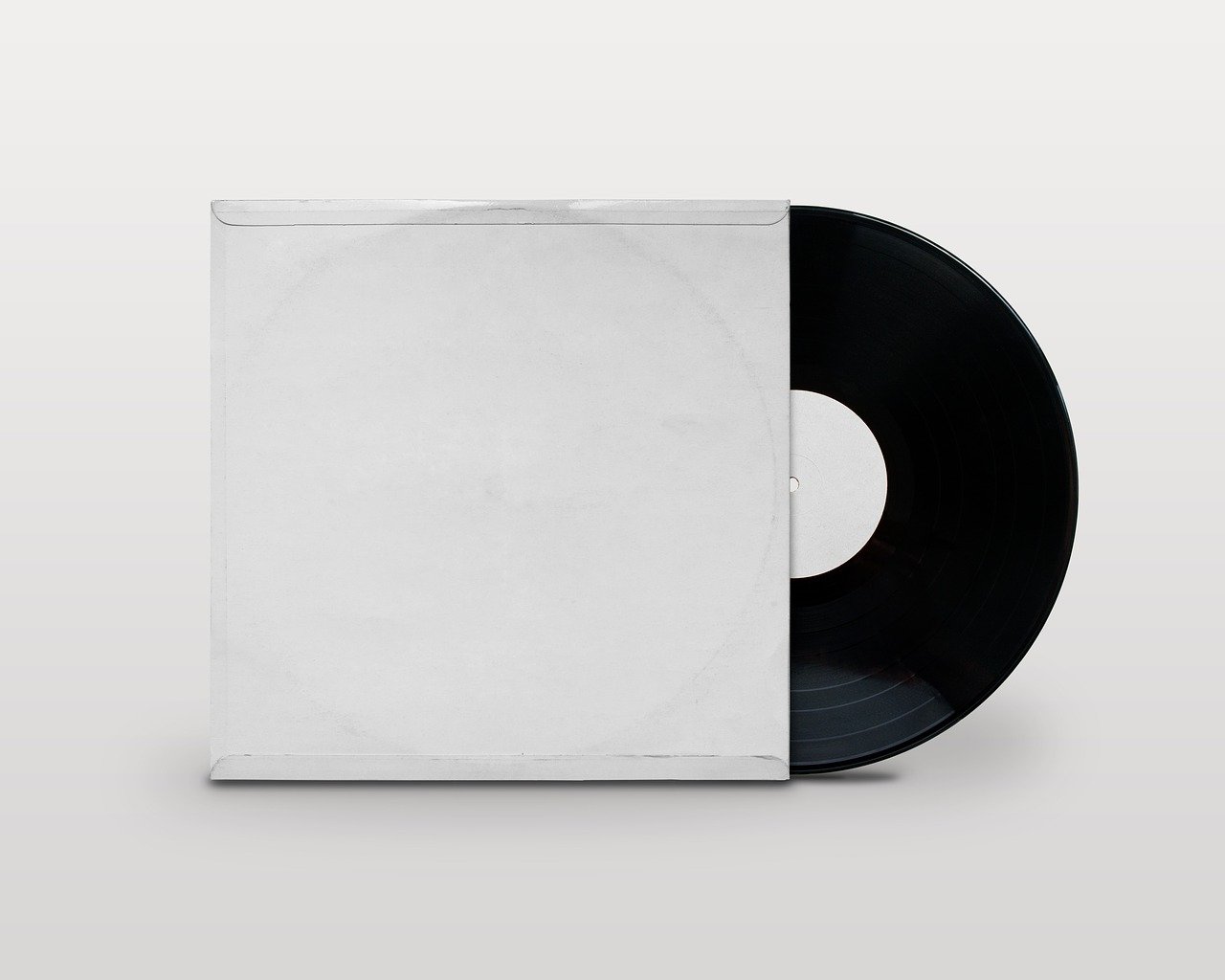Music enthusiasts consider the turntable as one of the most authentic ways to listen to many legendary songs or albums in music history. This is because some renowned artists, bands, or singers have first produced singles and albums using vinyl, a type of record used to play music on the turntable. Several notable music artists that have released popular music primarily for vinyl are the Beatles, the Rolling Stones, Queen, and Michael Jackson.
But what exactly is a turntable, and how is it able to play music using vinyl? To answer this question, here is a short history of the turntable from its creation to its resurgence.
Thomas Edison’s Phonograph
Before the turntable, there was first the phonograph, a device developed by Thomas Edison from May to July 1877. But even before the invention of the phonograph, there were already experiments made by several people to record sound, one of which is the paleophone conceptualized by Charles Cros. Because Cros is unable to build a working model of the paleophone, he just gave his ideas to the public domain to let other people build the device and improve upon it.
The paleophone paved the way for other inventors to use photoengraving, a method wherein the device will be able to engrave the waves through a metal plate using a stylus or a needle attached to it. The metal plate allows other players to replicate the up and down motion of the waves.
It was only through the reveal of Thomas Edison’s invention on November 21, 1877, that a device able to record and play sound was properly demonstrated.
For the phonograph, Edison assigned his trusted workman John Kreusi to build the device. The stylus of the phonograph etched waves on a cylinder made of tinfoil, and one of the first successful sound bites reproduced using the cylinder was “Mary had a little lamb,” which was shouted by Kreusi during testing.
The Graphophone
After Thomas Edison’s invention, Alexander Graham Bell and his Volta Laboratory came up with an improved model of the phonograph called the graphophone in 1881. Instead of using tinfoil, which was considered impractical due to how it can easily tear or deteriorate, Bell used a cardboard cylinder coated in wax that is not only more durable than the tinfoil cylinder but can also produce better sound quality.
The graphophone was then sold commercially when the Volta Graphophone Company was created on January 6, 1886. The company later merged with the American Graphophone Company in order to produce more graphophones, and this merger between the two companies eventually led to the creation of Columbia Records.
Berliner’s Gramophone and Disc Records
A year after the commercialization of the graphophone, another inventor named Emile Berliner used discs made of zinc instead of cylinders to create sound on his gramophone in 1892. When playing a disc, the gramophone’s stylus would move from the side to the center.
The gramophone was then commercially produced the same year, becoming the first disc record player available in the market. The zinc used for the disc was later replaced by shellac in 1895, but it didn’t improve the sound quality of the records, which was deemed much poorer than the cylinders. But Eldridge R. Johnson, an engineer and the founder of the Victor Talking Machine Company that produced gramophones, improved the sound of the shellac disc to match the sound produced by cylinders.
Disc records became much more popular than cylindrical ones due to the fact that cylinders are much more fragile, and disc records can save more space in storage since you can stack multiple discs together. Sales for the cylinders declined in 1912, forcing Edison to slowly abandon the production of cylindrical records and begin making discs for his record players, resulting in the creation of the Edison Disc Record. Edison and his company stopped making cylinders by 1929.
Rise of the Vinyl Record
During the 1920s, radio became much more used by people than the gramophone, leading to the poor sales of the disc record player. In addition, many companies that produce record players went bankrupt in the middle of the Great Depression in the 1930s, further decreasing the popularity of the gramophone.
However, when home players that could serve both as a record player and a radio were invented in the 1940s, disc records rose to popularity once again.
During this period, vinyl replaced shellac as the primary material used for making disc records for radio commercials and transcriptions, but it wasn’t until 1945 that the Victor Company began selling vinyl records for home use.
Other types and sizes for vinyl disc records also became prominent during this era; these kinds include 33 1/3 rpm, 45 rpm, and 78 rpm records.
After World War II, companies were now able to produce78 rpm long-playing records (commonly known today as LPs or albums) that were able to record multiple songs. In addition, 45 rpm records are called “singles” during that period because they usually contain one hit song that became popular on the radio. Companies have also developed improvements to the 45s, and these improvements include its ability to play another song on their back side and their added capacity to contain two songs for each side of the vinyl.
However, despite several enhancements, vinyl records were far from perfect. One of the downsides to vinyl discs is that the waves on the surface can easily get scratched by a heavy stylus. If the scratches get too deep, the stylus would often be unable to play that damaged part and would instead produce a popping noise. The term used for this problem is skipping, which is still a common issue for vinyl records today.
The Golden Age of Vinyl
Record players became much more common in homes during the 1960s, and with the incredible rise of a band from Liverpool, England called the Beatles, vinyl records containing their hit singles and albums skyrocketed to sell millions, creating what is now known as the golden age of vinyl that lasted from the 1960s to the 1970s.
During this era, companies have begun producing cheaper record players to meet the demand. Moreover, record players that can stack multiple vinyl records were invented, but they are still not as widely seen as the standard player since they usually have heavier styluses that can damage the records.
It was also during this time that space-age aesthetic became popular due to the booming interest of the people in space exploration. As such, record players that feature futuristic designs became available, and one of the most well-known players to have the said design is the Apollo Record Player, which eerily looks like a UFO from a distance.
DJs and Scratching
By the late 1970s to the early 1980s, heavy-duty record players like Technics 1200MK2 became prominent in clubs and bars. These rigid players were able to handle a new way of playing vinyl records called scratching.
By scratching, disk jockeys (DJs) were able to manipulate the sound produced by the records by performing rhythmic back and forth motions on the record player. Some DJs would use a song from a vinyl record and use another one for scratching.
On the other hand, it was during the late 1980s that CDs and cassette tapes sold much more than vinyl, but despite the decrease in sales, vinyl still became the go-to type of record for DJs because of how they can control the music much easier than CDs.
Vinyl Renaissance
Because the CD is much cheaper to produce and has better quality audio than vinyl, record manufacturers have shifted their focus on creating CDs and CD players during the early 1990s.
Pioneer created CD turntables to imitate the functionality of vinyl and to replace them in the disco club scene, but most DJs still favored using vinyl record players.
Sales for vinyl continued to decrease until the late 2000s when digital media software like iTunes and MusicBee became popular, which also prompted the decline of CDs since downloading songs is much more convenient and cheaper than buying CDs.
Digital media is still prospering today, and CD players are becoming almost obsolete, but vinyl is surprisingly still alive thanks to its resurging presence in hipster culture from the early 2010s up to now. The revival of vinyl also prompted some companies like Audio Technica and Denon to produce record players with modern features such as Bluetooth and transferring songs on vinyl to a computer in MP3 format.
Also, famous music artists would often release their singles and album in vinyl, and some of them would even produce special edition records that are translucent or have different colors in them so it would look nicer while playing on the turntable.
Moreover, remasters of classic vinyl records like the Beatles’ Sgt. Pepper’s Lonely Hearts Club Band and the Beach Boys’ Pet Sounds are quite popular nowadays as well.
The vinyl record has been around for more than 100 years, and it is still considered as a present and prominent symbol for the music scene. Vinyl may not be able to beat the sales of digital media, but it will remain in the industry as long as old school music lovers are still promoting it as the best way to listen to classic songs.



